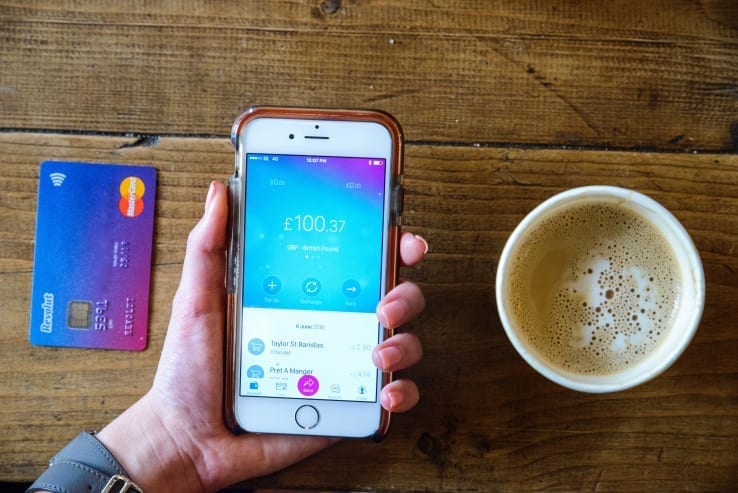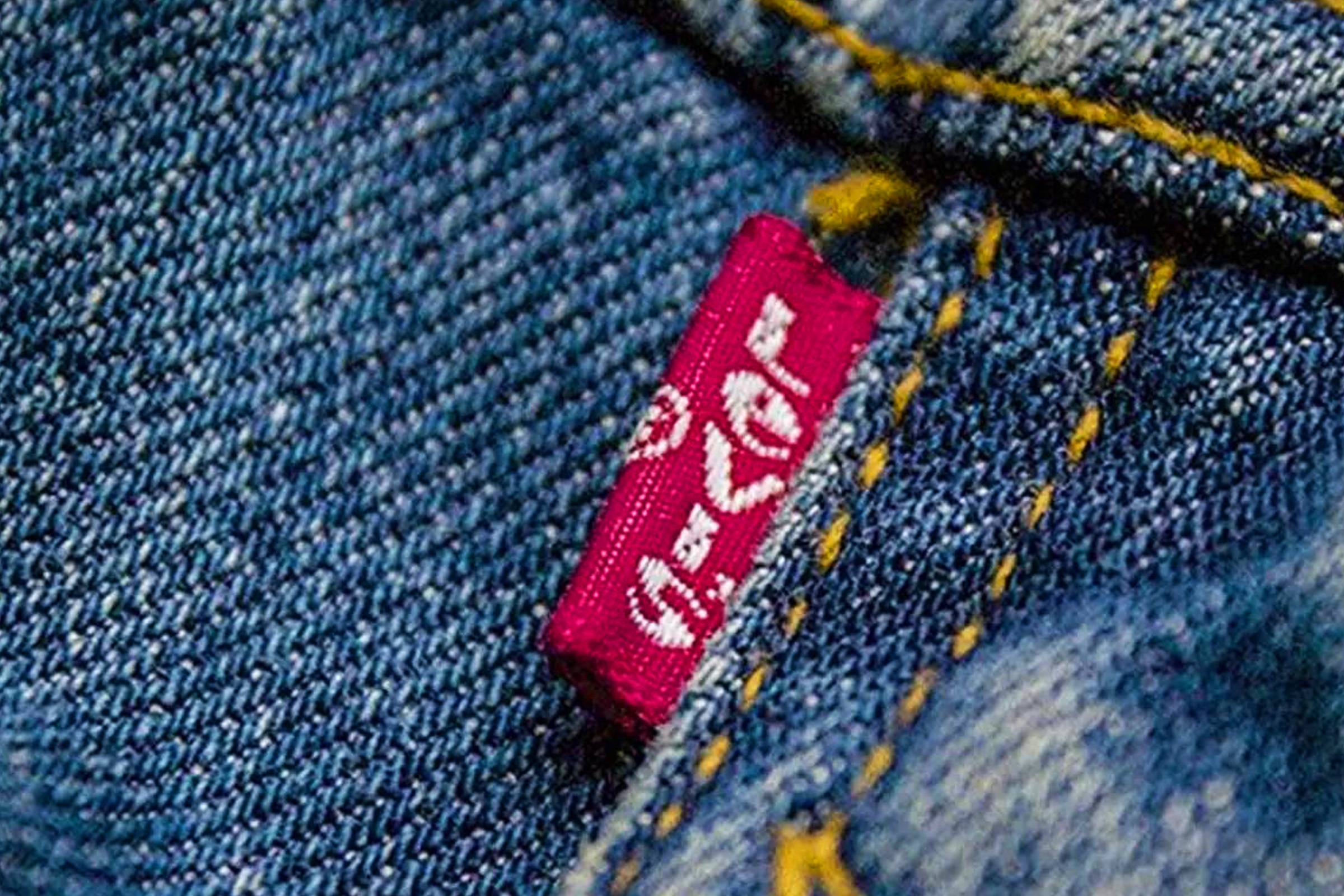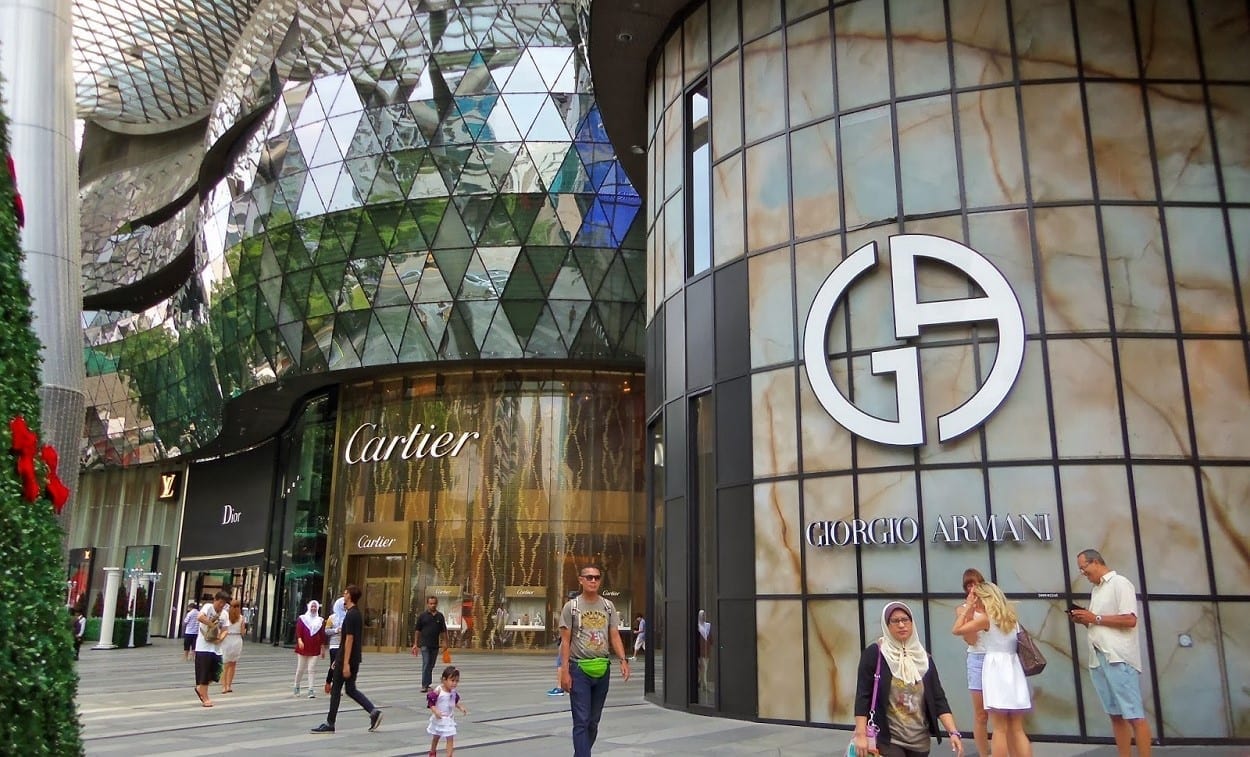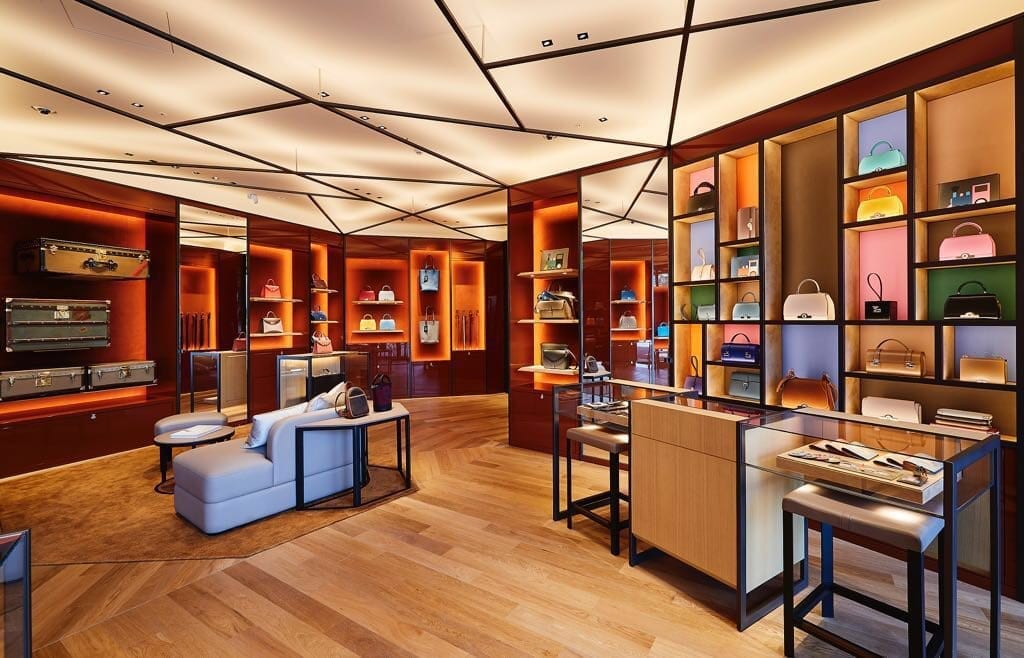Catwalks canceled, showrooms closed, stores shuttered: the pandemic has led to massive disruption across the fashion industry. Even in China, which has coped with the pandemic better than many countries, multi-brand store buyers have been forced to place orders online, rather than in the showroom. And they don’t like it much.
All this has led many Chinese fashion buyers to order more conservatively this year or ignore international brands and opt for local Chinese labels.
Olivia Chen, head of Assemble by Réel, a high-end store in Shanghai’s centrally-located Réel Mall, says that virtual ordering makes her feel like something is missing. “In a showroom, you’re immersed in an environment that conveys the season’s atmosphere. We can use a variety of sensory clues to gain insight into the story the designer wants to convey,” says Chen. “These elements create a certain kind of atmosphere, one that has a lasting and powerful influence. Images and other materials related to remote purchases can evoke some of that feeling, but it can’t achieve a high degree of resonance.”
Chen emphasises the difference between an image of a product and the product in real life, whether it’s in the weight of the fabric or the way the fabric moves on the body.
Eric Young, head of high-profile designer store Le Monde de SHC in Shanghai, agrees. “Many times you have no choice but to judge a product from a photo or small picture, but even with Zoom, the imaging quality of different showrooms is actually very different,” he says. In Paris, he points out, a whole series of brands can be viewed in the space of a day. By contrast, online ordering is a long repetitive process of frustration. “In the end, one grows numb to viewing things online,” he says.














